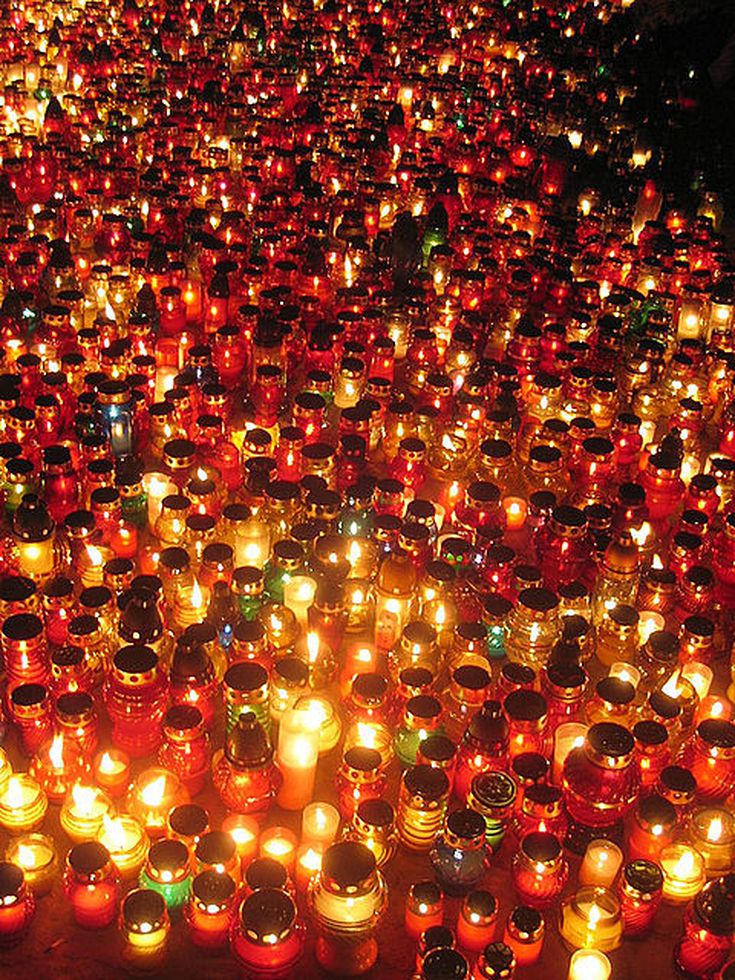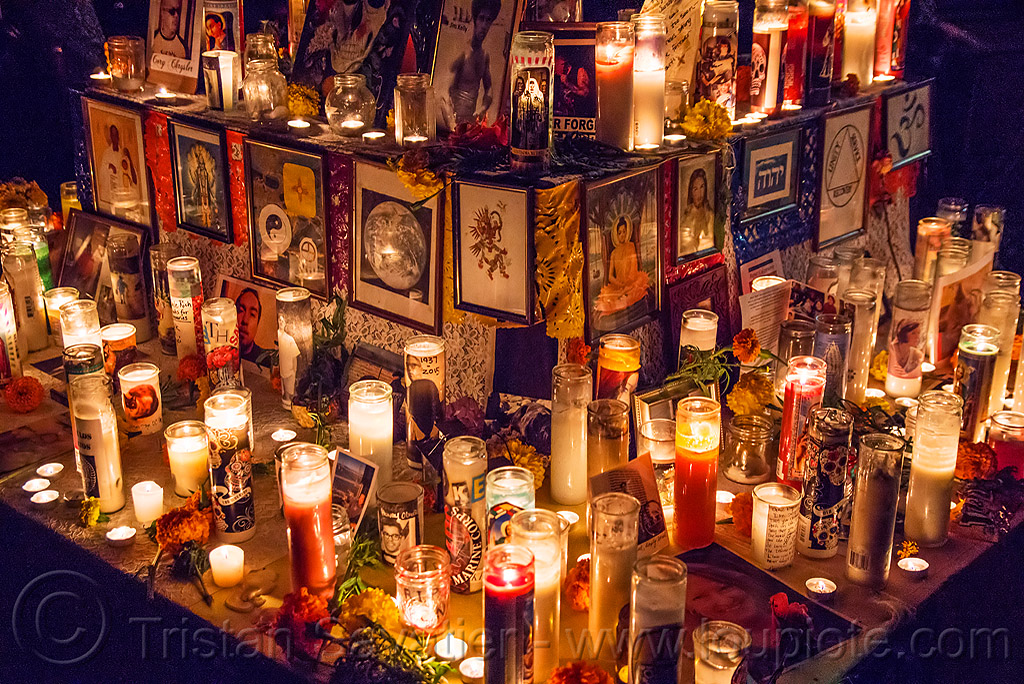Blog
Pat Martino, a jazz guitarist revered for the fluid precision and blistering speed of his playing — both before and after he was forced to relearn the instrument following a mid-career brain aneurysm — died on Monday. He was 77 years old.
His death was announced on Facebook by his longtime manager, Joseph Donofrio. Martino, born Patrick Azzara, died after a long illness in the South Philadelphia row home formerly owned by his parents, where he moved in 1980 after undergoing neurosurgery that saved his life — at the near-total cost of his memory. The guitarist had been suffering from a chronic respiratory disorder since 2018, breathing with oxygen support and unable to play since a tour of Italy that November. He is survived by his wife, Ayako.
Martino’s career spanned six decades and a variety of styles, from his formative years performing in organ groups to the Wes Montgomery-influenced hard bop of his early recordings, spiritual explorations in the late 60s ceding to the blazing, virtuosic fusion of 1970s classics like Joyous Lake.
Regardless of the setting, Martino played the guitar with an intensity of focus and impeccable clarity at even the most dizzying pace. Always retaining the soul and buoyant groove that he honed at the side of master jazz organists like Charles Earland, Don Patterson and Jack McDuff, Martino melded that profound feel with a rock-fueled ferocity born of a questing spirit rather than aggression.
more...The Horsehead Nebula is one of the most famous nebulae on the sky. It is visible as the dark indentation to the orange emission nebula at the far right of the featured picture. The horse-head feature is dark because it is really an opaque dust cloud that lies in front of the bright emission nebula. Like clouds in Earth’s atmosphere, this cosmic cloud has assumed a recognizable shape by chance. After many thousands of years, the internal motions of the cloud will surely alter its appearance. The emission nebula‘s orange color is caused by electrons recombining with protons to form hydrogen atoms. Toward the lower left of the image is the Flame Nebula, an orange-tinged nebula that also contains intricate filaments of dark dust. Two prominent reflection nebulas are visible: round IC 432 on the far left, and blue NGC 2023 just to the lower left of the Horsehead nebula. Each glows primarily by reflecting the light of their central star.
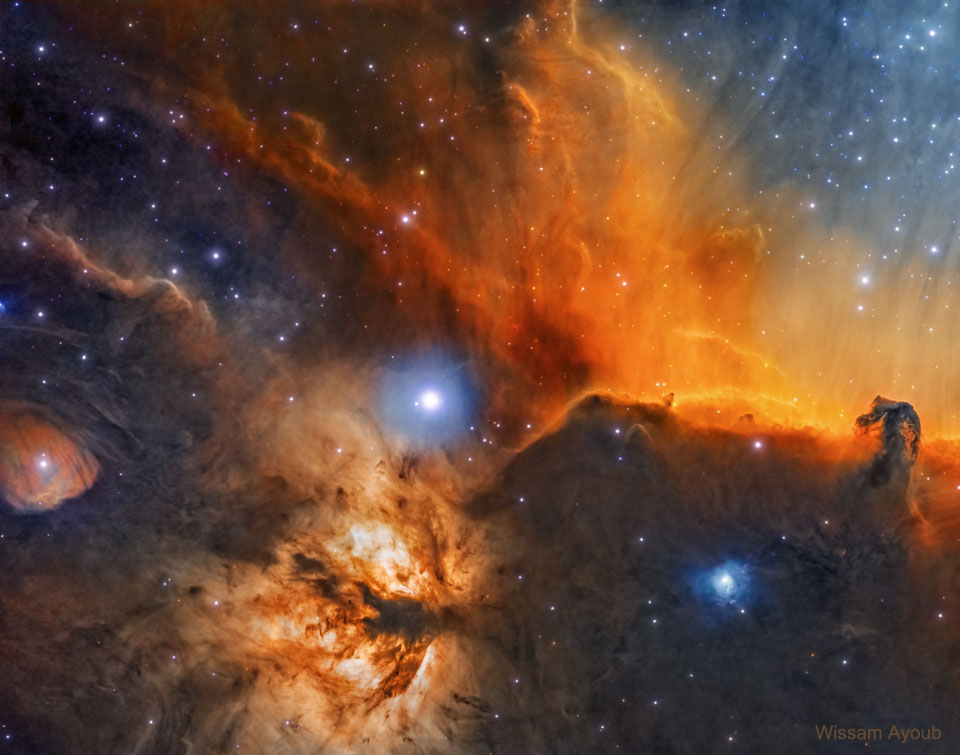
Herbert Jansch (3 November 1943 – 5 October 2011) was a Scottish folk musician and founding member of the band Pentangle. He was born in Glasgow and came to prominence in London in the 1960s as an acoustic guitarist and singer-songwriter. He recorded at least 25 albums and toured extensively from the 1960s to the 21st century.
Jansch was a leading figure in the 1960s British folk revival, touring folk clubs and recording several solo albums, as well as collaborating with other musicians such as John Renbourn and Anne Briggs. In 1968, he co-founded the band Pentangle, touring and recording with them until their break-up in 1972. He then took a few years’ break from music, returning in the late 1970s to work on a series of projects with other musicians. He joined a reformed Pentangle in the early 1980s and remained with them as they evolved through various changes of personnel until 1995. Until his death, Jansch continued to work as a solo artist.
Jansch’s work influenced many artists, especially Jimmy Page, Mike Oldfield, Paul Simon, Pete Hawkes, Nick Drake, Donovan, and Neil Young.
Jansch received two Lifetime Achievement Awards at the BBC Folk Awards: one, in 2001, for his solo achievements and the other, in 2007, as a member of Pentangle.
more...Joe McPhee (born November 3, 1939) is an American jazz multi-instrumentalist born in Miami, Florida, a player of tenor, alto, and soprano saxophone, the trumpet, flugelhorn and valve trombone. McPhee grew up in Poughkeepsie, New York, and is most notable for his free jazz work done from the late 1960s to the present day.
McPhee was born in Miami, Florida, on November 3, 1939. He began playing trumpet when he was eight, before learning other instruments. He played in various high school and then military bands before starting his recording career. His first recording came in 1967, when he appeared on the Clifford Thornton album entitled Freedom and Unity. McPhee taught himself saxophone at the age of 32 after experiencing the music of John Coltrane, Albert Ayler, and Ornette Coleman. During the late 1960s and early 1970s, McPhee lectured on jazz music at Vassar College.
In 1975, Werner Uehlinger started the Swiss label Hathut Records with the specific intent of showcasing McPhee’s music. In the 1980s, McPhee met Pauline Oliveros, began studying her musical theories, and worked with her Deep Listening Band. He has not yet signed with any major label in his native United States, and was possibly better known throughout Europe than his native country until the 1990s. His 1996 album As Serious As Your Life, which takes its title from the jazz book by Val Wilmer, is “arguably the finest of his solo recordings”, according to the AllMusic review.
more...Henry Grimes (November 3, 1935 – April 15, 2020) was an American jazz double bassist and violinist.
After more than a decade of activity and performance, notably as a leading bassist in free jazz, Grimes completely disappeared from the music scene by 1970. Grimes was often presumed to have died, but he was discovered in 2002 and returned to performing.
Henry Alonzo Grimes was born in Philadelphia, to parents who both had been musicians in their youth. He took up the violin at the age of 12, then began playing tuba, English horn, percussion, finally switching to the double bass at Mastbaum Technical High School. He furthered his musical studies at Juilliard and established a reputation as a versatile bassist by the mid-1950s. He recorded or performed with saxophonists Gerry Mulligan, Sonny Rollins, pianist Thelonious Monk, singer Anita O’Day, clarinetist Benny Goodman and many others.
more...William Melvin Mitchell (November 3, 1926 – April 18, 2001) was an American jazz tenor saxophonist.
Mitchell was born in Kansas City, Missouri, United States. He and his family moved to Detroit, where he received early music education at Cass Tech. He was known for his close association with trumpeter Thad Jones, who was also from Detroit, and worked in several big bands, including Woody Herman‘s when he replaced Gene Ammons. In 1949, Mitchell recorded with the Milt Bucknerband, as well as making several recordings with Thad Jones.
From 1951 to 1954, Mitchell led the house band at the Blue Bird Inn in Detroit. The band operated in different configurations, including with drummer Oliver Jackson and his bassist brother Ali; as a quartet with Terry Pollard, Beans Richardson, and Elvin Jones; as a quintet including Thad Jones; and, for several months in 1953, with Miles Davis as a guest soloist.
From 1956 to 1957, he played with Dizzy Gillespie in his big band. From 1957 until 1961, and from 1966 to 1967, Mitchell played with Count Basie. In the early 1960s, he co-led a group with Al Grey, The Al Grey Billy Mitchell Sextet, which won the Down Beat magazine new band award in 1962. Mitchell performed and recorded with the Kenny Clarke/Francy Boland Big Band in Europe in the late 1960s and early 1970s. He was musical director for Stevie Wonder for a short time during this period. He died in Rockville Centre, New York, in 2001.
He died in Rockville Centre of lung cancer at the age of 74.
more...Ruma Guha Thakurta (3 November 1934 – 3 June 2019) was an Indian actress and singer primarily associated with Bengali language films. She founded Calcutta Youth Choir in 1958.
Guha Thakurta was born on 3 November 1934 to Satyen Ghosh (Monty Ghosh) and singer Sati Devi. Guha Thakurta’s family was culturally inclined to Brahmo Samaj, a societal component of Brahmoism. Sati was a trained vocalist and elder sister to Bijoya Ray, wife of Satyajit Ray. Guha Thakurta began as a dancer. Later, she went to Almora Academy of Uday Shankar at Lahore to study dance. She started training in music at Swarabitan in Kolkata, which had been established by her parents. In later years, she studied under Abdul Rehman Khan of Patiala gharana, the Ustad of Nirmla Devi and Lakshmi Shankar in Bombay.
https://www.youtube.com/watch?v=JSgNwiL98y4
more...
I will honor Ralph today performing with The Mayday Community Band @ 11am at United Hebrew Brotherhood Cemetery Chapel. I remember Ralph at many a Mayday rehearsal. Ralph was a saxophonist and always had a calm, relaxed demeanor and would bring a positive light to our creative process.
Ralph Stanley Berlovitz, 74, a warm, generous, and passionate soul, passed away on Sunday, October 24. He was a loving son, brother, uncle, and friend to many. Preceded in death by parents Sol and Jennie and brother Elliot. A photographer extraordinaire, avid sailor, saxophonist, and world traveler, he is survived by sisters Barbra and Sonya, nephews Benjamin (Annick), and Gabriel, niece Marie, and sister-in-law Cindy. He was loved and cherished by all. Funeral services will be held at 11 am Tuesday, November 2, 2021, at United Hebrew Brotherhood Cemetery Chapel, 2605 W. 70 ½ St, Richfield, MN 55423. Mask are required. Service will also be available on zoom. Email [email protected] for the link.
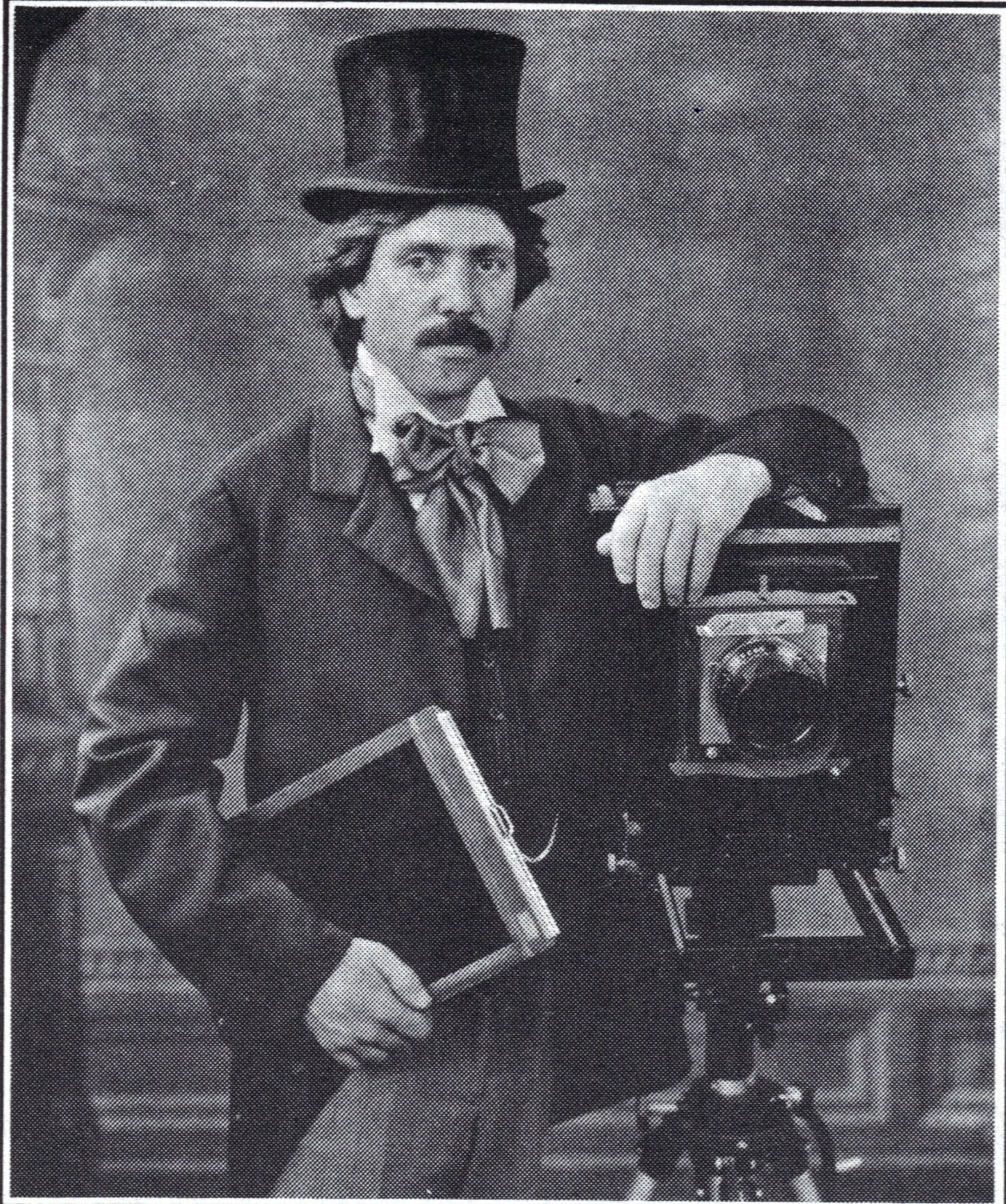
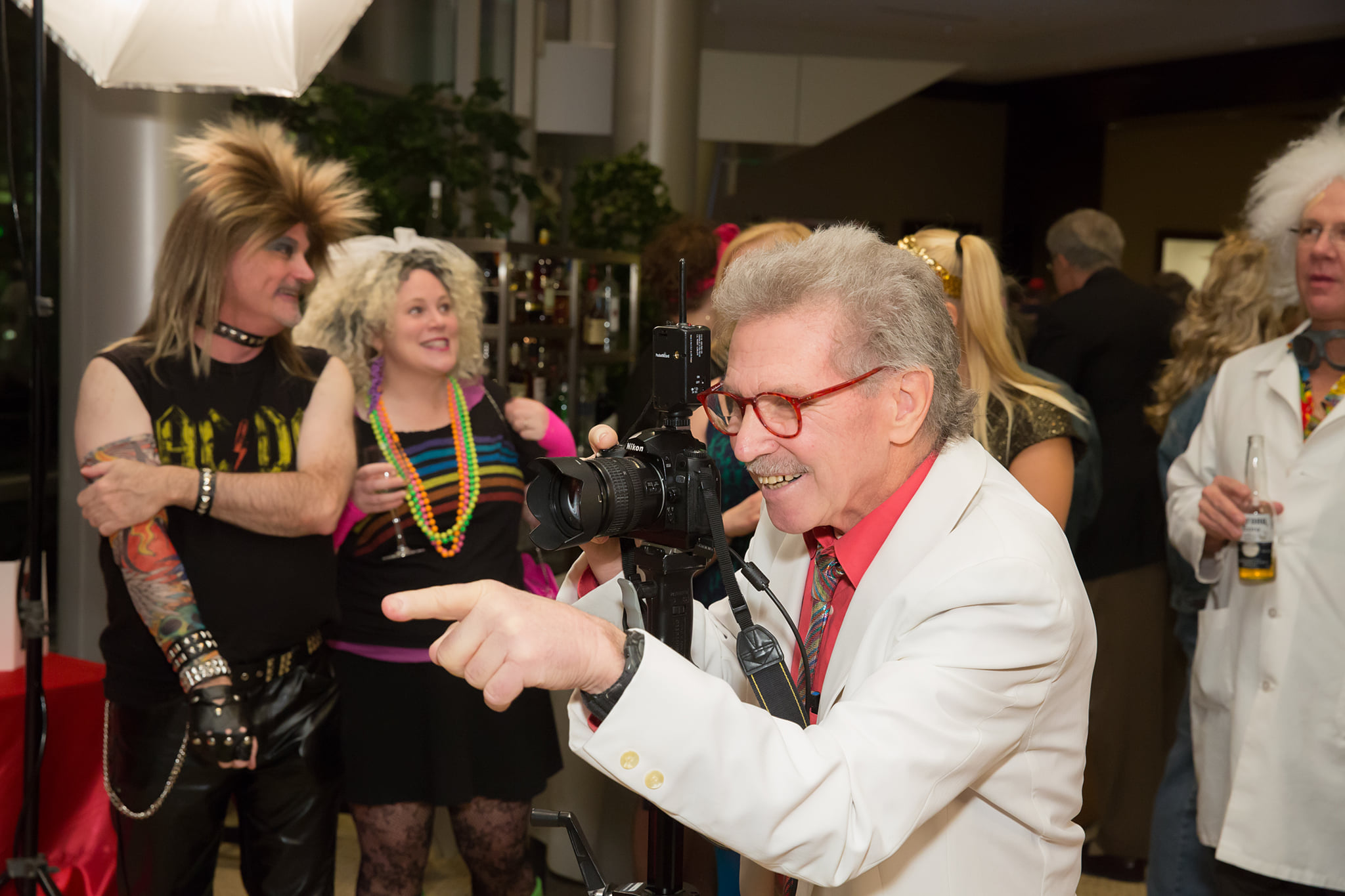
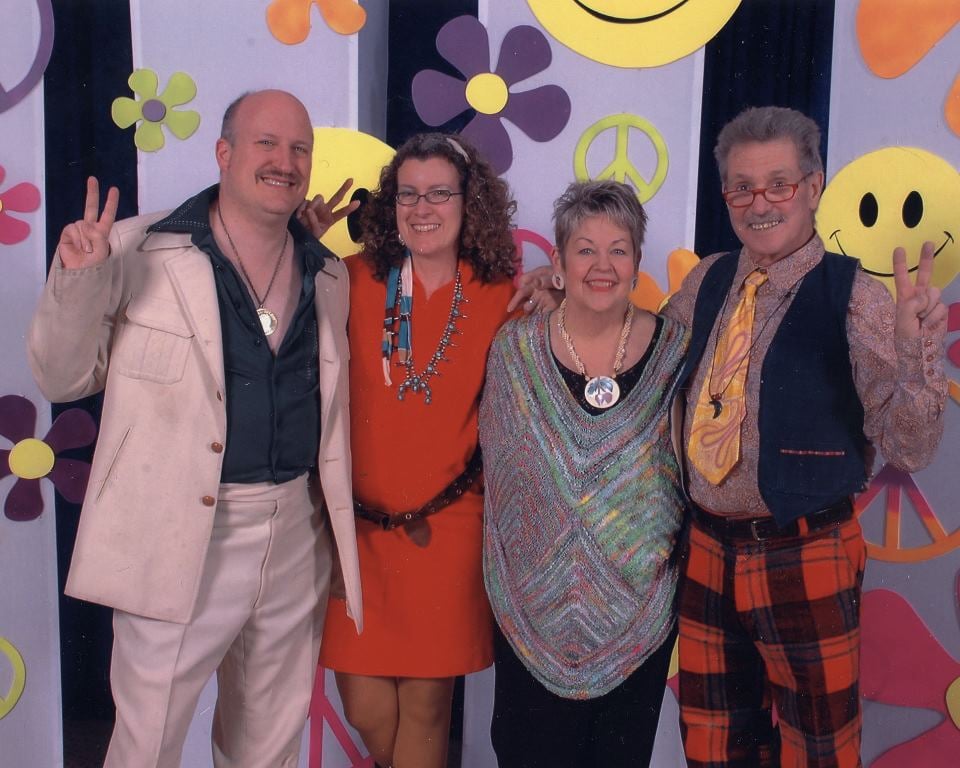
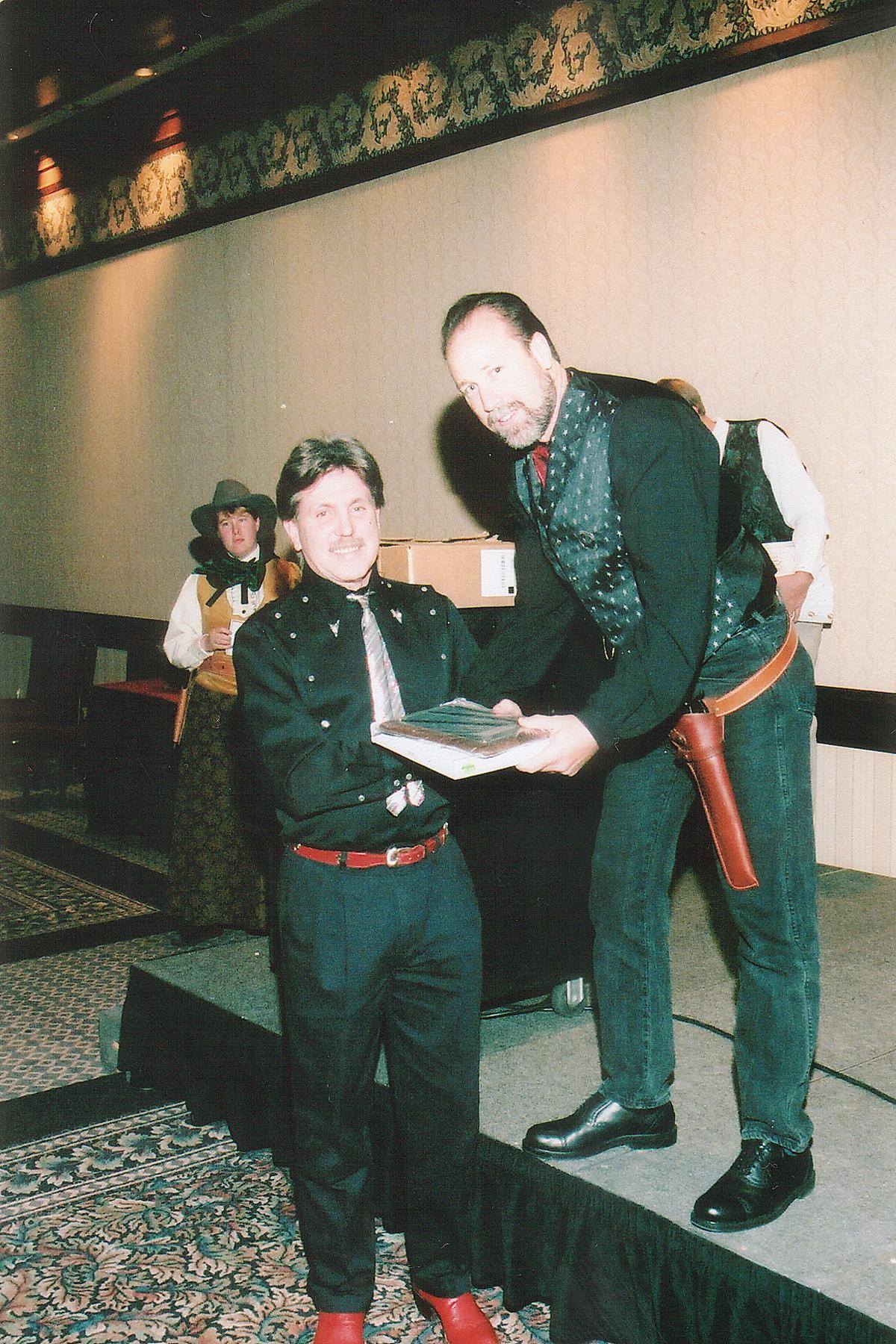
When a distant star explodes in a supernova, we’re lucky if we see it even once. In the case of AT 2016jka (“SN Requiem”), because the exploding star happened to be lined up behind the center of a galaxy cluster (MACS J0138 in this case), a comparison of Hubble Space Telescope images demonstrate that we saw it three times. These three supernova images are highlighted in circles near the bottom of the left frame taken in 2016. On the right frame, taken in 2019, the circles are empty because all three images of the single supernova had faded. Computer modeling of the cluster lens, however, indicates that a fourth image of the same supernova should eventually appear in the upper circle on the right image. But when? The best models predict this will happen in 2037, but this date is uncertain by about two years because of ambiguities in the mass distribution of the cluster lens and the brightness history of the stellar explosion. With refined predictions and vigilant monitoring, Earthlingsliving 16 years from now may be able to catch this fourth image — and perhaps learn more about both galaxy clusters and supernovas at once.

Keith Noel Emerson (2 November 1944 – 11 March 2016) was an English keyboardist, songwriter, and record producer. He played keyboards in a number of bands before finding his first commercial success with the Nice in the late 1960s. He became internationally famous for his work with the Nice, which included writing rock arrangements of classical music. After leaving the Nice in 1970, he was a founding member of Emerson, Lake & Palmer (ELP), one of the early progressive rock supergroups. Emerson, Lake & Palmer were commercially successful through much of the 1970s, becoming one of the best-known progressive rock groups of the era. Emerson wrote and arranged much of ELP’s music on albums such as Tarkus(1971) and Brain Salad Surgery (1973), combining his own original compositions with classical or traditional pieces adapted into a rock format.
Following ELP’s break-up at the end of the 1970s, Emerson pursued a solo career, composed several film soundtracks, and formed the bands Emerson, Lake & Powell and 3 to carry on in the style of ELP. In the early 1990s, Emerson rejoined ELP, which reunited for two more albums and several tours before breaking up again in the late 1990s. Emerson also reunited the Nice in 2002 for a tour.
During the 2000s, Emerson resumed his solo career, including touring with his own Keith Emerson Band featuring guitarist Marc Bonilla and collaborating with several orchestras. He reunited with ELP bandmate Greg Lake in 2010 for a duo tour, culminating in a one-off ELP reunion show in London to celebrate the band’s 40th anniversary. Emerson’s last album, The Three Fates Project, with Marc Bonilla and Terje Mikkelsen, was released in 2012. Emerson reportedly suffered from depression and alcoholism, and in his later years developed nerve damage that hampered his playing, making him anxious about upcoming performances. He died of a self-inflicted gunshot wound on 11 March 2016 at his home in Santa Monica, California.
Emerson was widely regarded as one of the top keyboard players of the progressive rock era. AllMusic describes Emerson as “perhaps the greatest, most technically accomplished keyboardist in rock history”.
more...Philip Wells Woods (November 2, 1931 – September 29, 2015) was an American jazz alto saxophonist, clarinetist, bandleader, and composer.
Woods was born in Springfield, Massachusetts, United States. He studied music with Lennie Tristano, who influenced him greatly, at the Manhattan School of Music and at the Juilliard School. His friend, Joe Lopes, coached him on clarinet as there was no saxophone major at Juilliard at the time. Although he did not copy Charlie “Bird” Parker, he was known as the New Bird, a nickname also given to other alto saxophone players such as Sonny Stitt and Cannonball Adderley.
In the 1950s, Woods began to lead his own bands. Quincy Jones invited him to accompany Dizzy Gillespie on a world tour sponsored by the U.S. State Department. A few years later he toured Europe with Jones, and in 1962 he toured Russia with Benny Goodman.
After moving to France in 1968, Woods led the European Rhythm Machine, a group which tended toward avant-garde jazz. He returned to the United States in 1972 and, after an unsuccessful attempt to establish an electronic group, he formed a quintet which was still performing, with some changes of personnel, in 2004. As his theme, Woods used a piece titled “How’s Your Mama?”
more...Roland Bernard “Bunny” Berigan (November 2, 1908 – June 2, 1942) was an American jazz trumpeter and bandleader who rose to fame during the swing era. His career and influence were shortened by alcoholism, and ended with his early demise at the age of 33 from cirrhosis. Although he composed some jazz instrumentals such as “Chicken and Waffles” and “Blues”, Berigan was best known for his virtuoso jazz trumpeting. His 1937 classic recording “I Can’t Get Started” was inducted into the Grammy Hall of Fame in 1975.
Berigan was born in Hilbert, Wisconsin, the son of William Patrick Berigan and Mary Catherine (Mayme) Schlitzberg, and raised in Fox Lake.Having learned the violin and trumpet, Berigan started his career playing with local bands as a teenager, including the University of Wisconsin’s jazz ensemble (although he never actually went to college). After first trying out for the Hal Kemp Orchestra and being rejected he joined the band in late 1929. His first recorded trumpet solos were with the orchestra, which toured England and a few other European countries in 1930. He also appeared as featured soloist with bands fronted by Rudy Vallee, Tommy Dorsey, Abe Lyman, Paul Whiteman and Benny Goodman.
more...Beryl Eugenia McBurnie (2 November 1913 – 30 March 2000) was a Trinidadian dancer. She established the Little Carib Theatre, and promoted the culture and arts of Trinidad and Tobago as her life’s work. She helped to promote the cultural legitimacy of Trinidad and Tobago that would ultimately arm its people to handle independence psychologically and healthily. McBurnie dedicated her life to dance, becoming one of the greatest influences on modern Trinidadian pop culture.
At the age of eight years she was invited to recite the “Sycamore Tree” for a charity concert in the district. Soon after that she set about gathering children from the neighbourhood to form a group, which would present concerts. The first concert planned did not take place, but she and her friends tried again, borrowing chairs from neighbours. This time the performance was well appreciated and this successful venture encouraged her to continue.
Beryl McBurnie began dancing as a child, performing regularly in dances and plays at Tranquility Girls’ School, Port-of-Spain. In her youth she performed Scottish reels, jigs, and other British folk dances that the teacher instructed. Though she appreciated their beauty, she yearned for more. In her teens, she decided to focus on promoting “the emotions of the folk, and which in some cases gave an insight into the history and the way of life of the ordinary people.
more...More Posts
- Cosmos NGC 253
- Dweezil Zappa
- Buddy Miles
- Loudon Wainwright
- Amy Beach
- John Cage
- World Music Bongos Ikwue & The Groovies
- Daily Roots Don Carlos
- JFK Change
- Cosmos NGC 6995
- Biréli Lagrène
- Dave Liebman
- Meade Lux Lewis
- Darius Milhaud
- World Music Söndörgő
- Daily Roots Black Uhuru
- Antonin Artaud Wisdom
- Fox Cloud
- Cosmos Sun Triangle
- Dorothy Masuka
